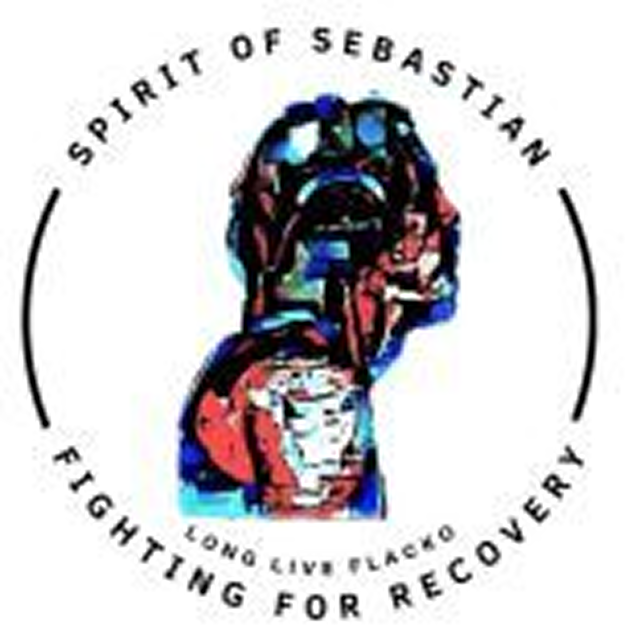Painkillers
Prescription painkillers are powerful drugs that interfere with the nervous system’s transmission of the nerve signals we perceive as pain. Most painkillers also stimulate portions of the brain associated with pleasure.

Oxycodone has the greatest potential for abuse and the greatest dangers. It is as powerful as heroin and affects the nervous system the same way. Oxycodone is sold under many trade names, such as Percodan, Endodan, Roxiprin, Percocet, Endocet, Roxicet and OxyContin. It comes in tablet form.
Hydrocodone is used in combination with other chemicals and is available in prescription pain medications as tablets, capsules and syrups. Trade names include Anexsia, Dicodid, Hycodan, Hycomine, Lorcet, Lortab, Norco,Tussionex and Vicodin. Sales and production of this drug have increased significantly in recent years, as has its illicit use.
Meperidine (brand name Demerol) and hydromorphone (Dilaudid) come in tablets and propoxyphene (Darvon) in capsules, but all three have been known to be crushed and injected, snorted or smoked. Dilaudid, considered eight times more potent than morphine, is often called “drug store heroin” on the streets.
Understanding why painkillers become so addictive
Opioid painkillers produce a short-lived euphoria, but they are also addictive.
Long-term use of painkillers can lead to physical dependence. The body adapts to the presence of the substance and if one stops taking the drug abruptly, withdrawal symptoms occur. Or the body could build up a tolerance to the drug, meaning that higher doses have to be taken to achieve the same effects.
Like all drugs, painkillers simply mask the pain for which they are taken. They don’t “cure” anything. Someone continuously trying to dull the pain may find himself taking higher and higher doses–only to discover that he cannot make it through the day without the drug.
Symptoms of withdrawal can include restlessness, muscle and bone pain, insomnia, diarrhea, vomiting, cold flashes with goose bumps (known as “cold turkey”), and involuntary leg movements.
One of the serious risks of opioids is respiratory depression–high doses can cause breathing to slow down to the point it stops and the user dies.
OXYCONTIN: The “Hillbilly Heroin”
Because it reacts on the nervous system like heroin or opium, some abusers are using one brand of oxycodone painkiller, OxyContin, as a substitute for, or supplement to, street opiates like heroin.
Armed robberies of pharmacies have occurred where the robber demanded only OxyContin, not cash. In some areas, particularly the Eastern United States, OxyContin has been the drug of greatest concern to law enforcement authorities.
Mental & Physiological effects of Painkillers
• constipation
• nausea
• vomiting
• dizziness
• confusion
• addiction
• unconsciousness
• respiratory depression
• increased risk of heart attack
• coma
• death
Warning Signs of Prescription Painkiller dependency
Most commonly prescribed painkillers (OxyContin, Vicodin, Methadone, Darvocet, Lortab, Lorcet and Percocet), while offering relief from pain, can also cause individuals bodies to start “needing” the drugs in order to feel just “normal.”
Here are ten warning signs to watch for if you think someone you know may be experiencing a dependency on these drugs:
1. Usage increase: increase of one’s dose over time, as a result of growing tolerant to the drug and needing more to get the same effect.
2. Change in personality: shifts in energy, mood, and concentration as a result of everyday responsibilities becoming secondary to the need for the drug.
3. Social withdrawal: withdrawal from family and friends.
4. Ongoing use: continued use of painkillers after the medical condition they were meant to relieve has improved.
5. Time spent on obtaining prescriptions: spending large amounts of time driving great distances and visiting multiple doctors to obtain the drugs.
6. Change in daily habits and appearance: decline in personal hygiene; change in sleeping and eating habits; constant cough, running nose and red, glazed eyes.
7. Neglects responsibilities: neglect of household chores and bills; calling in sick to school or work more often.
8. Increased sensitivity: normal sights, sounds and emotions becoming overly stimulating to the person; hallucinations.
9. Blackouts and forgetfulness: forgetting events that have taken place and experiencing blackouts.
10. Defensiveness: becoming defensive and lashing out in response to simple questions in an attempt to hide a drug dependency, if users feel their secret is being discovered.
Methamphemine usually comes in the form of a crystalline white powder that is odorless, bitter-tasting and dissolves easily in water or alcohol.
Other colors of powder have been observed, including brown, yellow-gray, orange and even pink. It can also be compressed into pill form. As covered earlier, it can be snorted, smoked or injected. Crystal meth comes in clear chunky crystals resembling ice and is most commonly smoked.
What is Meth made from ?
Methamphetamine is a synthetic (man-made) chemical, unlike cocaine, for instance, which comes from a plant.
Street names for Painkillers
Oxycodone
Brand name
OxyContin, Percodan, Percocet, Roxiprin, Roxicet, Endodan, Endocet
